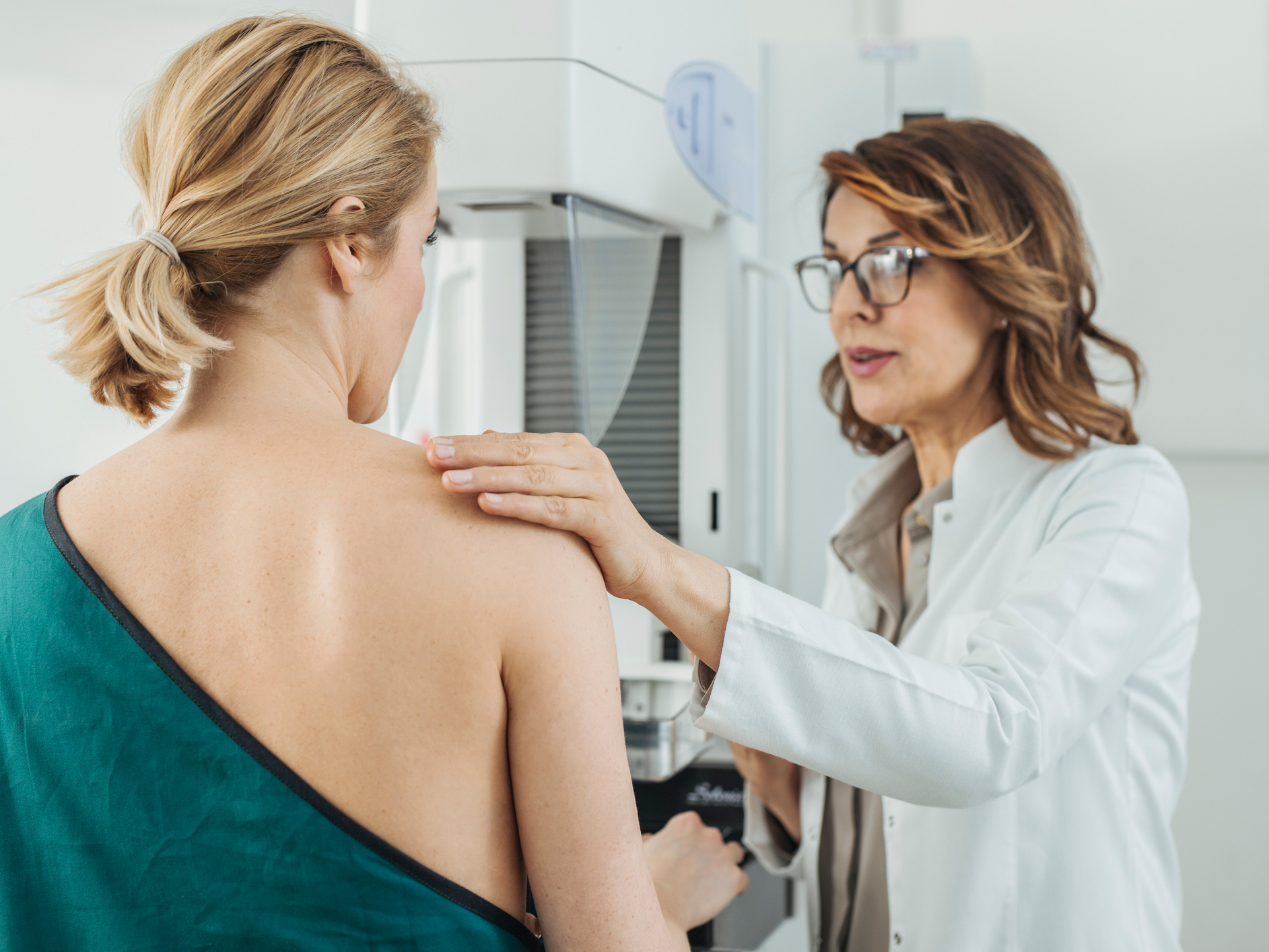Get Easy Health Digest™ in your inbox and don’t miss a thing when you subscribe today. Plus, get the free bonus report, Mother Nature’s Tips, Tricks and Remedies for Cholesterol, Blood Pressure & Blood Sugar as my way of saying welcome to the community!
3-D mammography casts doubt on “end date” for cancer screening of older women

Did you know that breast cancer is the most common cancer and the second leading cause of cancer death in women in the United States?
That’s why every year you go to your doctor and they remind you to get your mammogram scheduled, well at least up to a certain age…
You see, while some groups recommend that all women — no matter their age — get a yearly mammogram, the United States Preventive Services Task Force recommends that once you hit 74, screening mammography stop for good.
So, depending on whose recommendations your doctor follows, you may be told you no longer need them.
But, is that true? And, if you should continue to be screened, is traditional mammography really your best choice?
A new study has those answers…
Tomosynthesis versus standard mammography
In 2011, the U.S. Food and Drug Administration approved tomosynthesis, also known as 3-D mammography, for breast cancer screening, an option that many say is better yet some insurances still refuse to pay for.
So, researchers at Massachusetts General Hospital (MGH) decided to test the technology out against standard mammography in a head to head battle to see which could claim the title when it comes to breast cancer detection as you age.
They compared screening mammograms from more than 15,000 women (with an average age of almost 73 years) who underwent standard diagnostic mammography with those of more than 20,000 women (with an average age of 72) who underwent tomosynthesis.
And, while they found that both approaches were highly effective at detecting cancer, tomosynthesis had advantages that made it the clear winner, including:
- A reduction in false-positive examinations – which can lead to painful biopsies
- A higher positive predictive value- the probability that women with a positive screening result will have breast cancer
- Higher specificity – the ability to distinguish cancer from benign findings
“We’ve shown that screening mammography performs well in older women, with high cancer detection rates and low false-positives, and that tomosynthesis leads to even better performance than conventional 2-D mammography,” said study lead author Manisha Bahl, M.D., M.P.H., a radiologist at MGH and assistant professor of radiology at Harvard Medical School. “For example, the abnormal interpretation rate, which is the percentage of women who are called back for additional imaging after a screening mammogram, is lower with tomosynthesis than with conventional 2-D mammography. We also found that fewer cancers detected with tomosynthesis were lymph node-positive, suggesting that we are detecting cancers at an earlier stage. Detecting breast cancers at an early stage is the goal of screening mammography.”
Yup, you read that right…
Tomosynthesis also found breast cancer earlier, which can significantly improve your chances of defeating cancer if you ever do end up with it, making it the obvious choice.
Screenings after 74 or no?
Now, for the age question…
According to the results of the study, there should be no specific cutoff age for mammography screening. In fact, according to Dr. Bahl, if you’re healthy and would want your cancer treated if it was detected, you should continue to be screened.
So, if you want to continue mammograms, don’t let your doctor tell you that you no longer need them after 74 and check with them about using tomosynthesis versus standard mammography. If mammograms aren’t your thing, you can still find effective breast cancer screening, no radiation involved, using breast thermography.
Editor’s note: Discover how to live a cancer prevention lifestyle — using foods, vitamins, minerals and herbs — as well as little-known therapies allowed in other countries but denied to you by American mainstream medicine. Click here to discover Surviving Cancer! A Comprehensive Guide to Understanding the Causes, Treatments and Big Business Behind Medicine’s Most Frightening Diagnosis!
Source:
- Older women benefit significantly when screened with 3D mammography — EurekAlert! Science News













